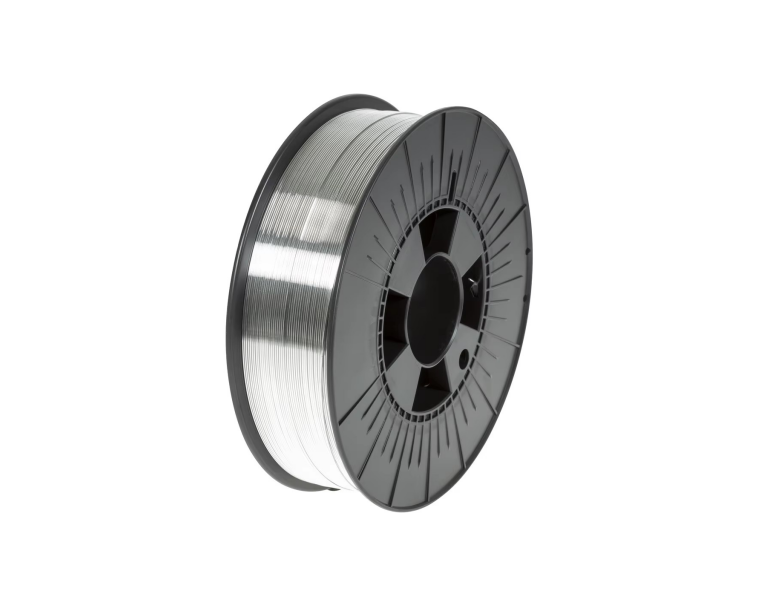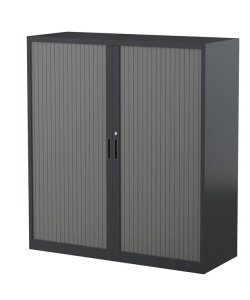
Amazon FBA (Fulfillment by Amazon) is a service where Amazon stores your products in their massive fulfillment centers, then picks, packs, ships, and delivers them to customers when an order is placed. They also handle all customer service and returns for those orders.
Fulfillment by Amazon (FBA) is a service offered to third-party sellers who work with the organization. This service involves third-party sellers shipping their goods to designated Amazon warehouses.
Amazon handles the storage, order fulfillment, packaging, and shipping of the goods. This process can benefit sellers as they can focus solely on selling and maintaining product inventory levels.
Amazon provides this service for a fee, and they have strict guidelines for the quality and safety ratings of products added to the FBA ecosystem.
If these guidelines are not followed and a complaint is filed against a business, their products and business will ultimately be banned from selling on Amazon. Premium businesses will also be banned if they offer dishonest advertising or offerings of different products.
In essence, you sell it, and Amazon ships it and handles the post-sale support.
How Amazon FBA Works: The Step-by-Step Process
The FBA process can be broken down into a few key steps:
- Source Your Products:
You find or create products to sell (e.g., from a manufacturer, wholesaler, or through private label).
- Create Your Listings:
You list your products for sale on Amazon's marketplace as you normally would.
- Prepare Your Shipment:
You package your products according to Amazon's specific requirements (labeling, packaging, etc.).
You create a shipment plan in your Amazon Seller Central account.
- Ship to Amazon:
You send your inventory to one of Amazon's many fulfillment centers. Amazon tells you which one(s) to send it to.
- Amazon Stores and Manages Your Inventory:
Once received, Amazon scans your products into their system and stores them in their warehouse shelves. Their sophisticated software tracks every single unit.
- Customer Places an Order:
A customer buys your product on Amazon.com.
- Amazon Fulfills the Order:
Picks: An Amazon employee (or robot) retrieves your product from the shelf.
Packs: They pack it into a box.
Ships: They ship it via their carrier network (often using Amazon Logistics, USPS, UPS, or FedEx). The product is almost always shipped with Prime 2-day shipping.
- Amazon Handles Customer Service & Returns:
If the customer has a question, needs help, or wants to return the item, they contact Amazon directly. Amazon's customer service team handles all inquiries and processes returns according to their policy.
- You Get Paid:
Amazon deposits the sale proceeds into your account, minus their FBA fees (which cover storage, picking, packing, shipping, and customer service)
Key Benefits (Pros) of Using Amazon FBA
Prime Eligibility: This is the 1st advantage. Your products automatically qualify for FREE Two-Day Shipping for Prime members, making them much more attractive to Amazon's vast Prime customer base.
Winning the Buy Box: FBA listings have a significantly higher chance of winning the "Buy Box" (the default purchase option on a product page), which is where the vast majority of sales happen.
Customer Trust: Customers trust the Amazon fulfillment process and are more likely to buy a product fulfilled by Amazon.
Scalability and Convenience: You can scale your business without the massive logistical headache of renting warehouse space, hiring packers, managing shipping carriers, or dealing with customer service calls at 2 AM.
Multi-Channel Fulfillment: Amazon can also fulfill orders that come from other sales channels (like your own website, eBay, etc.) through their Multi-Channel Fulfillment (MCF) service.
Key Drawbacks (Cons) of Using Amazon FBA
Costs and Fees: FBA fees can be complex and eat into your profit margins. You need to carefully calculate these costs before pricing your products. Fees include:
Fulfillment Fees: Per-item fees based on size and weight.
Monthly Storage Fees: Based on the volume of space your inventory occupies.
Long-Term Storage Fees: Additional fees for inventory that sits in fulfillment centers for over 365 days.
Less Control: You relinquish control over the packing, shipping, and customer service experience. Any mistakes Amazon makes (e.g., wrong item shipped) ultimately reflect on you as the seller.
Strict Preparation Requirements: Amazon has very specific rules for how products must be labeled, packaged, and shipped to their warehouses. Not following them can result in fees or refusal of inventory.
Inventory Management is Crucial: If you run out of stock, your sales stop. If you send too much, high storage fees will kill your profits. You must be an expert at forecasting inventory needs.
FBA vs. FBM (Fulfillment by Merchant)
It's important to contrast FBA with its alternative:
Feature FBA (Fulfillment by Amazon) FBM (Fulfillment by Merchant)
Storage Amazon's warehouses Your own garage, warehouse, or 3rd-party facility
Picking & Packing Amazon handles it You handle it
Shipping & Delivery Amazon handles it (often with Prime) You arrange and pay for it yourself
Customer Service Amazon handles it You handle it directly
Returns Amazon processes them You process them yourself
Fees Higher (various FBA fees) Lower (only Amazon referral fees)
Control Less control over process Full control over the entire experience
Who is Amazon FBA For?
New Sellers who want to start quickly without a large infrastructure.
High-Volume Sellers who want to scale their business.
Sellers of small, lightweight, and high-margin products (where FBA fees are less impactful).
Sellers who want to leverage the power of Amazon Prime.
International Sellers who want to easily sell and fulfill orders in foreign markets (e.g., a US seller wanting to sell in the UK and Germany).
In summary, Amazon FBA is a powerful logistics and fulfillment solution that allows sellers to leverage Amazon's massive infrastructure to scale their businesses rapidly, in exchange for various fees and a loss of direct control over the fulfillment process. Want faster delivery from China to US. You can also find reliable freight forwarders with many resources and dedicated lines for different items. The most important thing is that the price is cheaper than others.

-
 Ocean Lcl Freight Service Inconel 625 Wire from China to Chennai2025-09-30
Ocean Lcl Freight Service Inconel 625 Wire from China to Chennai2025-09-30 -
 Ocean Freight Service Cabinet Door from China to Dar Es Salaam2025-09-29
Ocean Freight Service Cabinet Door from China to Dar Es Salaam2025-09-29 -
 Door to Door by Ocean Freight Fixture Luminaries from China to Jeddah2025-09-28
Door to Door by Ocean Freight Fixture Luminaries from China to Jeddah2025-09-28 -
 Ocean Freight Service Sofa From China To Jebel Ali2025-09-26
Ocean Freight Service Sofa From China To Jebel Ali2025-09-26 -
 International Express Conveyor Belt From China To India2025-09-25
International Express Conveyor Belt From China To India2025-09-25 -
 Ocean Lcl Freight Service Medical Device From Shanghai to Jebel ali2025-09-25
Ocean Lcl Freight Service Medical Device From Shanghai to Jebel ali2025-09-25

